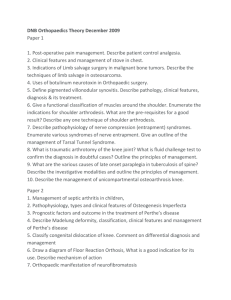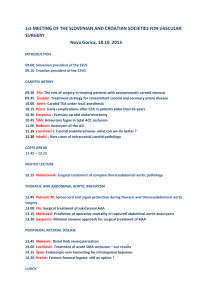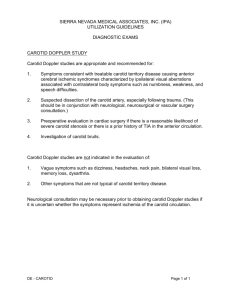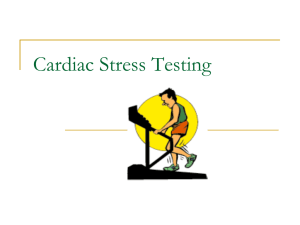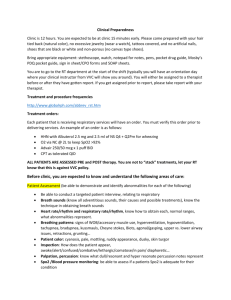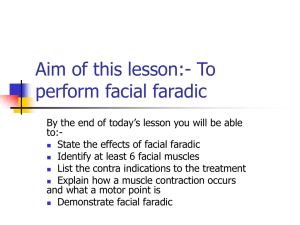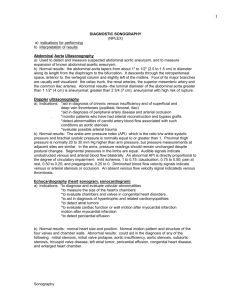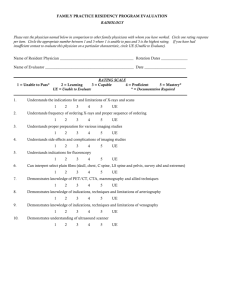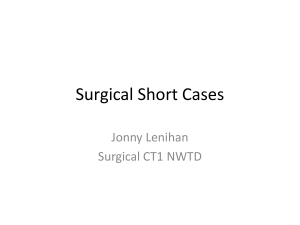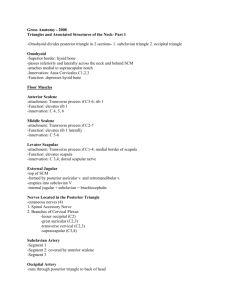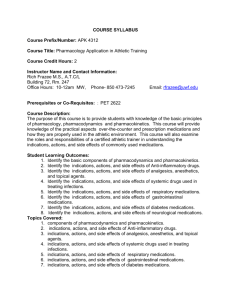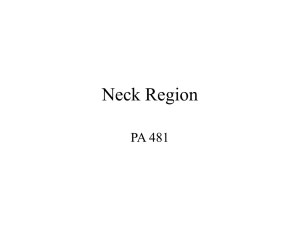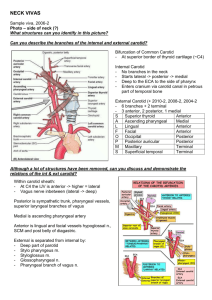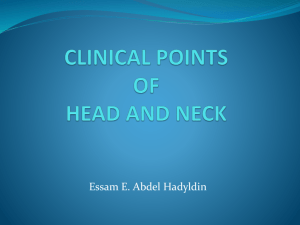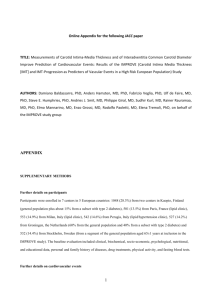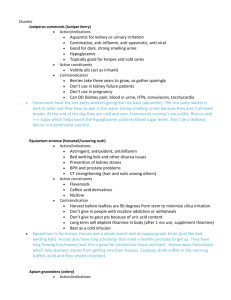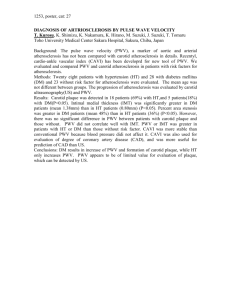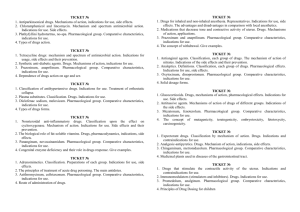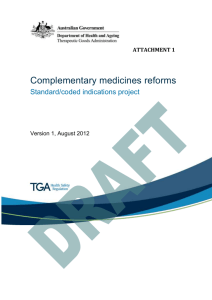outline3586
advertisement
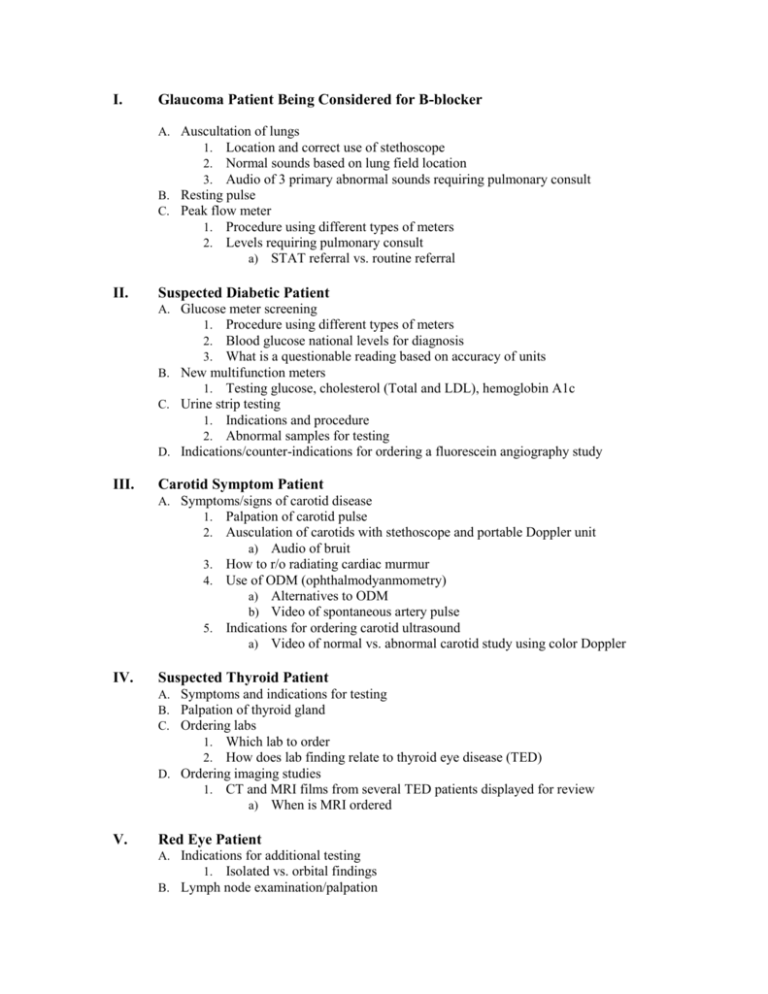
I. Glaucoma Patient Being Considered for B-blocker A. Auscultation of lungs 1. Location and correct use of stethoscope 2. Normal sounds based on lung field location 3. Audio of 3 primary abnormal sounds requiring pulmonary consult B. Resting pulse C. Peak flow meter 1. Procedure using different types of meters 2. Levels requiring pulmonary consult a) STAT referral vs. routine referral II. Suspected Diabetic Patient A. Glucose meter screening 1. Procedure using different types of meters 2. Blood glucose national levels for diagnosis 3. What is a questionable reading based on accuracy of units B. New multifunction meters 1. Testing glucose, cholesterol (Total and LDL), hemoglobin A1c C. Urine strip testing 1. Indications and procedure 2. Abnormal samples for testing D. Indications/counter-indications for ordering a fluorescein angiography study III. Carotid Symptom Patient A. Symptoms/signs of carotid disease 1. Palpation of carotid pulse 2. Ausculation of carotids with stethoscope and portable Doppler unit a) Audio of bruit 3. How to r/o radiating cardiac murmur 4. Use of ODM (ophthalmodyanmometry) a) Alternatives to ODM b) Video of spontaneous artery pulse 5. Indications for ordering carotid ultrasound a) Video of normal vs. abnormal carotid study using color Doppler IV. Suspected Thyroid Patient A. Symptoms and indications for testing B. Palpation of thyroid gland C. Ordering labs 1. Which lab to order 2. How does lab finding relate to thyroid eye disease (TED) D. Ordering imaging studies 1. CT and MRI films from several TED patients displayed for review a) When is MRI ordered V. Red Eye Patient A. Indications for additional testing 1. Isolated vs. orbital findings B. Lymph node examination/palpation C. Sinus percussion and transillumination D. Otoscopic examination VI. Facial Palsy or Hyperkinetic Facial Disorders A. B. C. D. VII. Facial nerve evaluation Trigeminal nerve evaluation When and where to scan the patient based on clinical findings Video of facial palsy patient and hyperkinetic patient with aberrant regeneration and Botox treatment Dizzy/Nystagmus Patient Key points in history Cerebellar/balance testing Babinski response testing Vestibulocochlear testing 1. Rinne test 2. Weber test E. Indications for testing and how to test lower cranial nerves (Cranial Nerves 9-12) F. When and where to scan patient based on clinical findings G. Video of nystagmus patient with abnormal cerebellar/Babinski responses A. B. C. D. Computer CD (win/mac) will be provided to each participant at conclusion of workshop with demonstrations of the various physical/neuro tests and video/audio examples of abnormal results presented, along with links to helpful web sites.

